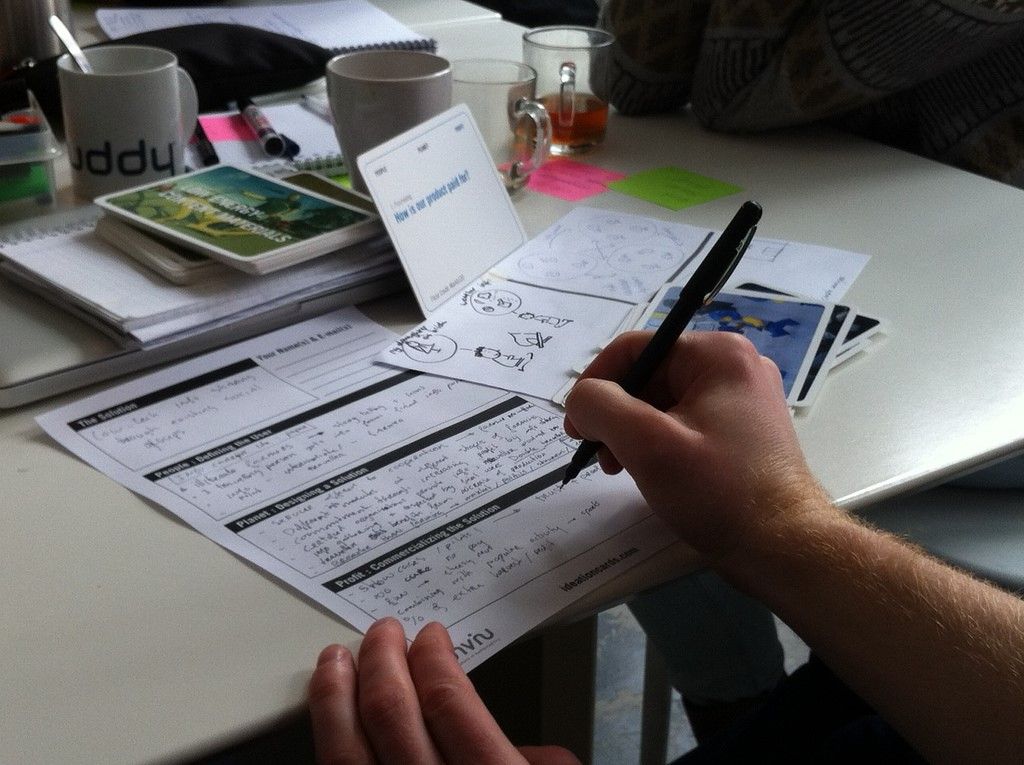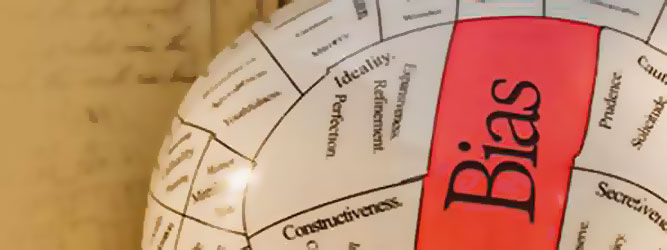Take a deep dive into Cognitive Biases with
our course
Psychology of E-Commerce: How to Sell Online
.
“Customer engagement is the direct route to every important business objective. It’s the pathway to everything good that a business could want.”
— Customer Experience expert Micah Solomon in Forbes
Online competition is fiercer than ever—and if you want to create a website that outperforms industry benchmarks in a big way, it’s vital that you know how to utilize your design skills to keep users engaged. The more engaged users are, the more likely they are to turn into paying customers—people who will buy your products and services time and time again, remain loyal, and ultimately become ambassadors for your brand both on- and offline.
Executing e-commerce successfully isn't easy: 69% of users abandon their shopping carts before checking out, according to Baymard Institute, a UK-based web usability research organization. That’s quite scary; what about the good news? Well, Baymard also found that many of the problems with e-commerce are solvable with changes to design.
There are many factors in designing great e-commerce experiences. You must know how to capture someone’s attention and present your goods and services in the optimal way. If you want customers who are committed, you’ll have to tell engaging stories and know how to build a long-term relationship.
In order to do all that, you will need to acquire and apply knowledge in human psychology. If you understand how your customers think, you can design for their needs. This course is based on tried and tested psychological techniques that bring together content and design so as to deliver hands-on advice for how to improve your web design and increase your customer engagement.










